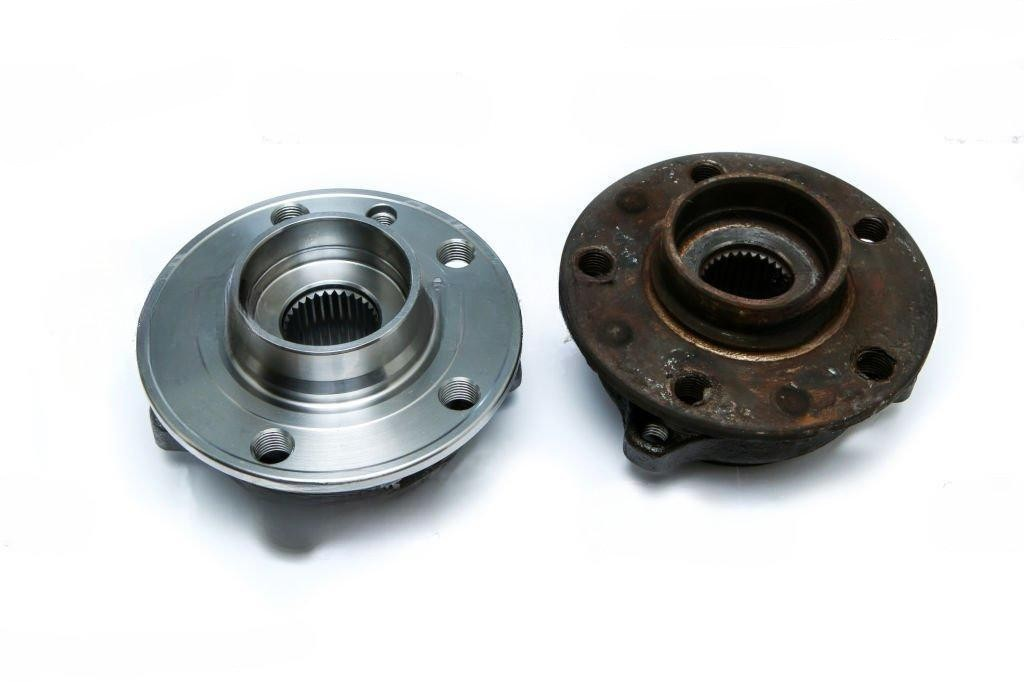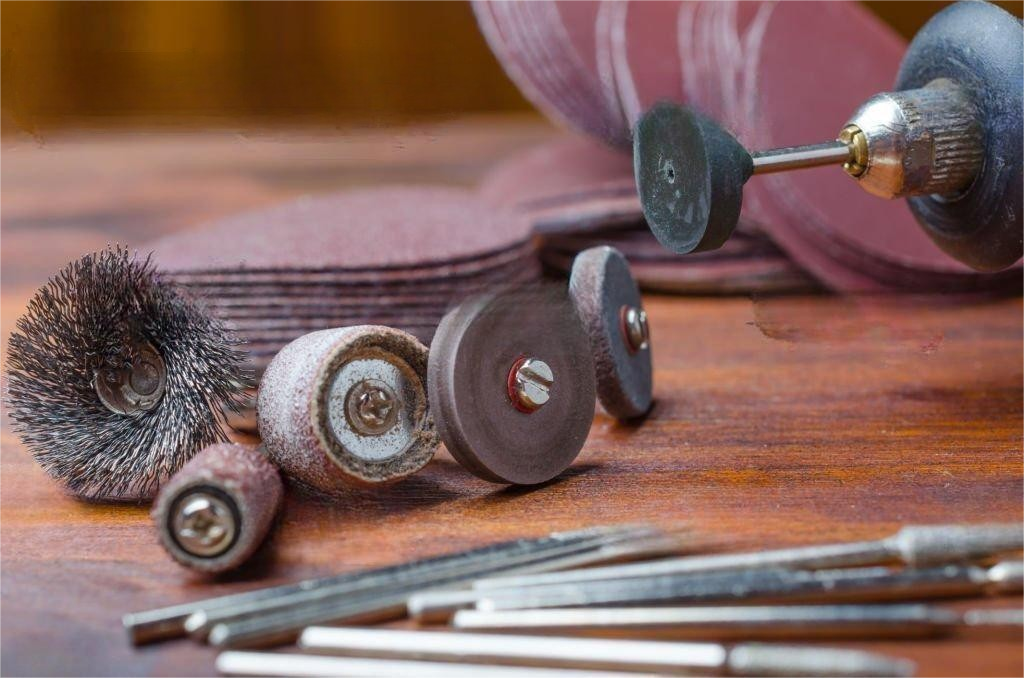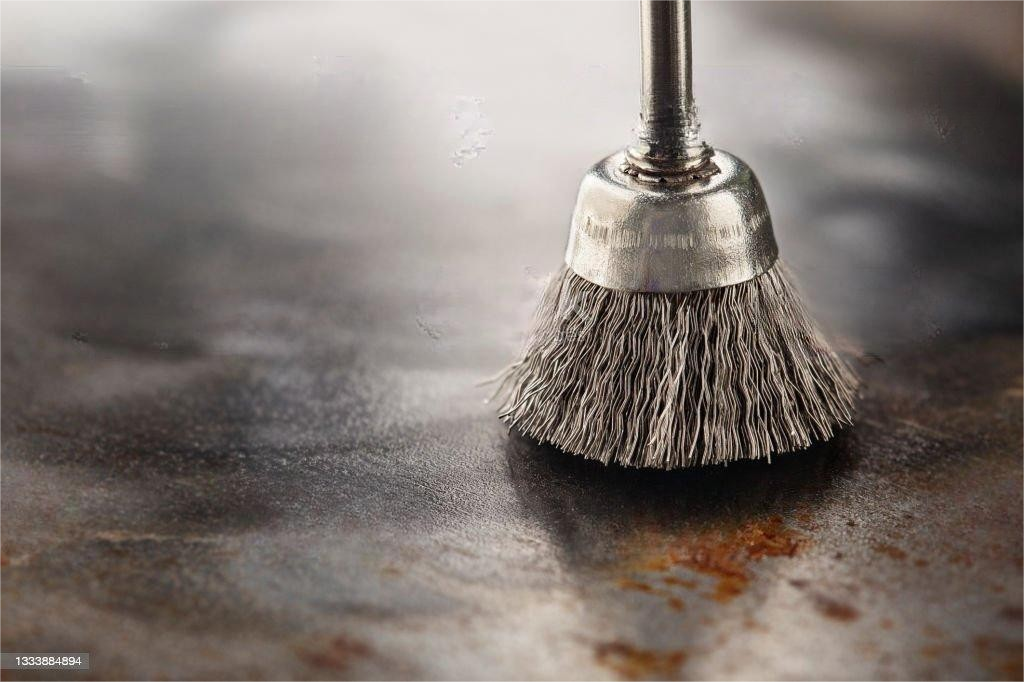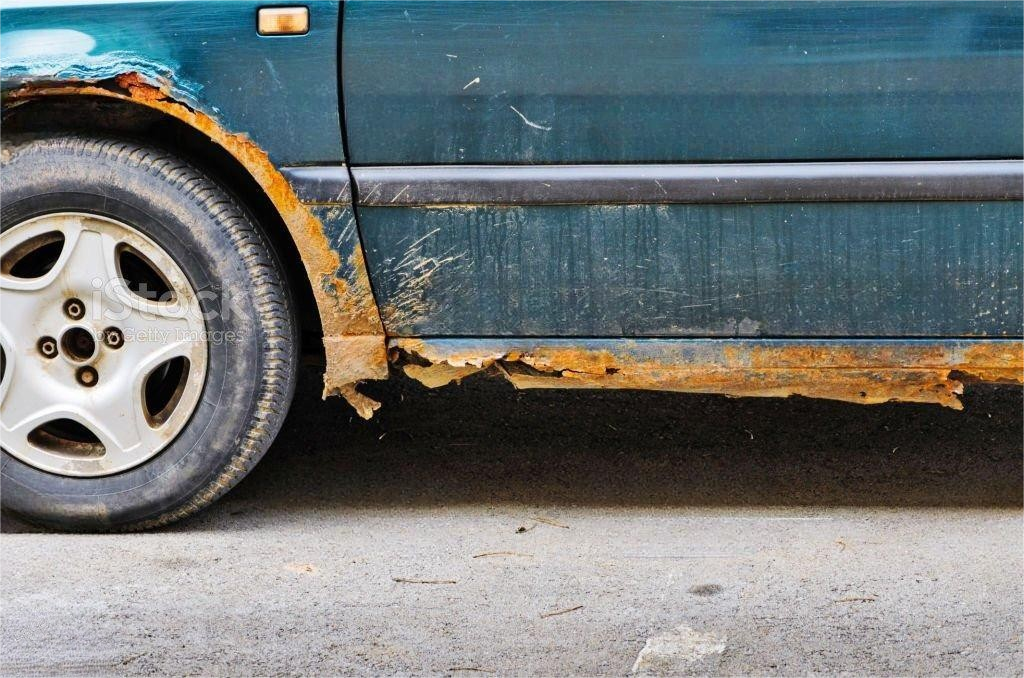Rust is a really nasty and damaging substance that forms on the surface of any metal that contains iron when that iron interacts with oxygen and moisture in the air. Rust can spread very quickly, but if you remove the initial stages of it, you might be able to prevent any serious long-term damage.
To prevent metal from becoming rusty, it is important to keep it dry and protected from moisture. This can be done by storing metal objects in dry, enclosed areas or by using protective coatings such as paint or rust inhibitors. Regular maintenance, cleaning, and inspections can also help to identify and address any rust or corrosion before it causes significant damage.
With that being said, removing rust is not that easy and takes a good bit of work. Therefore, today we’re going to talk about the best ways to remove rust from metal.
Tools Required:
There are several power tools that can effectively remove rust, depending on the type of surface you are working on and the extent of the rust damage. Here are some commonly used power tools for rust removal:
- Rotary tool: A rotary tool like a Dremel with a wire brushattachment is great for rust removal on small or intricate surfaces.
- Sandblaster: A sandblaster uses compressed air to blast abrasive materialslike sand or glass beads onto the surface to remove rust. This method is particularly effective for removing rust from hard-to-reach areas or surfaces with intricate designs.
- Power drill: A power drill with a wire brush attachment can be used to remove rust from small to medium-sized surfaces, including nuts and bolts.
- Oscillating tool: An oscillating tool with a sanding attachment can be used to remove rust from surfaces that are difficult to access or have a lot of curves and angles.
- Angle grinder: An angle grinder equipped with a wire brush or grinding wheel attachment can be used to remove rust from large, flat surfaces or to grind away rust on thick metal surfaces.
It’s important to use caution and follow safety guidelines when using power tools for rust removal. Always wear protective gear like safety goggles, gloves, and a mask, and make sure to work in a well-ventilated area.
Steps of Removing Rust From Small Metal Areas
- Clean the metal: Use soap and water to clean the metal surface to remove any dirt, grease, or debris that may be present.
- Apply the rust remover solution: Apply the rust remover solution to the rusted area and let it sit for several minutes, following the instructions on the product label.
- Scrub the rusted area: Use a stiff-bristled brush to scrub the rusted area vigorously, focusing on the areas where the rust is most concentrated.
- Sand the area: Use sandpaper or a wire brush to remove any remaining rust, being careful not to damage the metal surface.
- Rinse with water: Rinse the area thoroughly with water to remove the rust remover solution and any remaining rust.
- Dry the area: Use a cloth to dry the area completely to prevent new rust from forming.
Note: Be sure to wear gloves and protective eyewear when working with rust remover solutions, and work in a well-ventilated area.
Steps of Removing Rust From Large Metal Areas
There are various methods that can be used to remove rust from a large metal object if it is covered with a lot of rust. However, it can take a lot of time and effort to remove all of the rust completely that way. You can use a few different rust removal tools to help clear a large amount of rust.Using this method can be quicker than using chemicals or doing it yourself. And it can work well for a variety of metals and rust issues. Here are a few things you can try to get rid of rust on large objects. And this usually for car refinishing.
Here are following steps:
- Identify the rust: Inspect your car to identify any areas of rust. Look for bubbling or flaking paint, and areas that look rough or discolored.
- Remove loose rust: Use a wire brush or sandpaper to remove any loose or flaky rust from the affected area.
- Clean the surface: Using a rag or a sponge, clean the affected area with a solution of water and dish soap or a commercial rust remover to remove any remaining rust residue, dirt, and debris. Rinse the surface thoroughly with clean water and let it dry completely.
- Apply a rust converter: A rust converter is a chemical solution that converts rust into a stable compound that can be painted over. Apply the rust converter to the affected area as per the manufacturer’s instructions, and allow it to dry completely.
- Sand the surface: Once the rust converter has dried, use sandpaperto sand the affected area until it is smooth and free of any rough spots.
- Prime the surface: Once the affected area has been sanded, apply a rust-inhibiting primer to the metal surface to prevent further rusting. Use a paintbrush or spray paint to apply the primer evenly over the surface, and allow it to dry completely.
- Paint the surface: Once the primer has dried, paint the affected area with a coat of rust-resistant paint that matches your car’s color. Use a paintbrush or spray paint to apply the paint evenly over the surface, and allow it to dry completely.
- Wax and polish: Once the paint has dried, wax and polish the affected area to restore its shine and protect it from further rust.
Conclusion
Overall, the process of removing rust from a small area versus a large area can differ in terms of the method used, time and effort required, safety precautions, cost, and potential surface damage. It is important to consider these factors when deciding how to approach rust removal on different surfaces.




